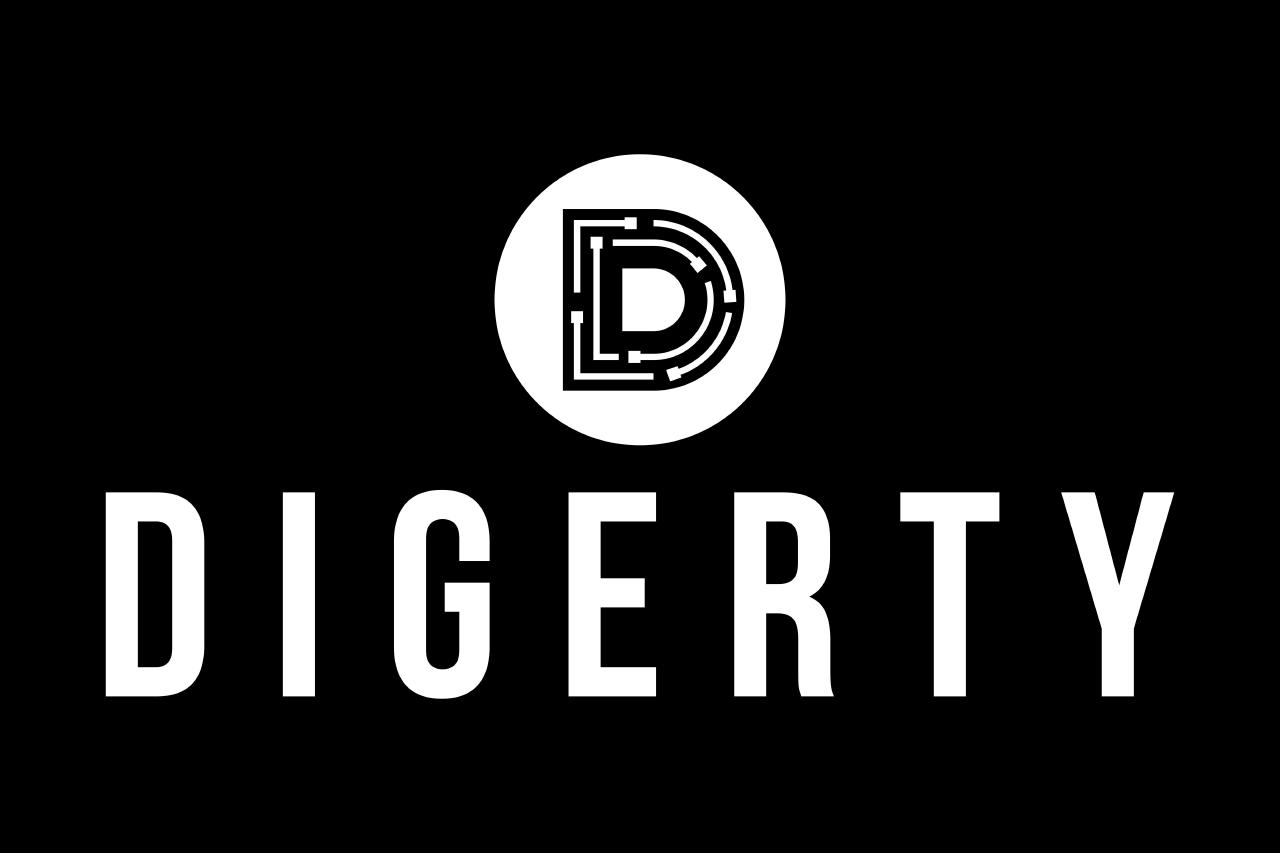The Gist

Glad to see you here, dear reader. Our very first tutorial, and its about the magazine itself. We’ll take a small stroll down the lane of the magazine’s present, and the magazine’s future. We’ll also have a look at how to get the most out of Digerty.
Although that might sound a tad redundant for some, and boring to others—we hope you’ll indulge us, dear reader.
Think of it as getting to know each other a little better.
Let’s get started with the basics: a look at the different types of content you’ll find here at Digerty, and how each type serves a different purpose in your journey with us.
Contents
Understanding Our Content
Content at Digerty is organised by ‘depth’ as it were.
Articles: Quick, informative reads
Okay, perhaps not always quick. Very astute of you, dear reader. But definitely always informative. Our articles cover a wide range of topics, and are organised into four main categories. More on that later.
Tutorials: Step-by-step learning
Our tutorials focus on teaching readers insights and techniques into specific issues. We’ll start by writing several tutorials that we think will be quite helpful. Then we will count on you, dear reader, to provide further inspiration. Stuck with a particular issue? Digerty will fix it, and publish a tutorial or guide.
Guides: Comprehensive deep-dives
Now this is the proverbial meat-and-potatoes of the dish that is Digerty. Or should we say tofu-and-quinoa? One never knows these days, does one? Regardless, our guides are written to cover the proverbial A-Z of a given topic. Like the one we wrote about understanding open source licensing.
Blast, we almost forgot: some of our guides span multiple chapters. We did this to prevent our readers from having to read a single page, that seems to go on and on until a young reader might have made it to the point of early retirement.
Such as our upcoming guide on how to set up a 100% Free and Open Source IT infrastructure. We’ve been working on that one for a very long time indeed. It quite literally covers virtually any and all considerations for such a project. Thus, we came up with the multi-chapter guide concept. Fret not, dear reader, single page guides will be more common. If only to save our fingertips from early demise.
Future Content: Courses and Pathways
As we’ve only just got started with Digerty, we don’t have enough guides yet to introduce these types of content yet. But we will, oh yes, we will. The plan is that when we have written enough guides on a particular topic, that we then bundle them together as a ‘course’. When we then have enough courses on that topic, they will be bundled together as a ‘pathway’.
Not to worry, dear reader, no paywalls here at Digerty. We simply plan to bundle things together to make it easier to navigate the magazine and the library of knowledge that we aim to provide. In particular, we aim to make it easier for those of our readers who are primarily focused on education, to plan their path. Hence, ‘pathway’.
Navigating Our Categories
Now that we’ve covered how we organise our content by depth, let’s look at how we organise it by categories and topics.
Digerty’s content is separated into four main categories, with each being host to articles, tutorials, and guides.
Technology
The technology section features items on all things technology. News, ideas, suggestions, learning materials and more. It covers a wide variety of topics, ranging from IT infrastructure, to web and software development, AI and many, many more. Too many to list here to be honest. That’s why we made the handy category list at the footer of the site. Nifty, no?
Business
Unlike what the name might suggest, the business section is not as straightforward as it might seem. It’s not about covering business news. Well not generally anyway. The odd news fiddledyjibbit might pop up here and there. No, dear reader, the business section is primarily about business education. Helping readers to start, and strategically manage their businesses. That kind of thing.
Opinion
One of our favourite sections, the opinion section. It is where we provide food for thought. It’s quite possibly also the area where we investigate the degree to which satire, hyperbole and free speech are protected these days. Nothing controversial, no worries, this is a magazine on digital liberty after all. For the most part, we look at big corporations and discuss the nitty-gritty. More often than not, we will offer some suggestions as well. It’d be rude not to, wouldn’t you say?
Entertainment
Finally, there is our entertainment section. We all need to unwind, and find some avenues of entertainment, don’t we? That’s where this section comes in. News, tips, and tutorials on getting the most value out of your entertainment expenditure. A touched biased perhaps, but all in your favour, dear reader.
Our Design Language
In a best-effort attempt to make our content both accessible and enjoyable for most readers, we’ve implemented message blocks. We hope this will make navigating our content easier, by allowing users to choose what to read, what to skip and what to scroll back and have a second look at. Most will feature links to skip to the next section for good measure.
General Note:
Note
( Skip ) Something worth saying, that tech-savvy readers might want to skip.Technical Note:
Technical Note
( Skip ) Raw technical information that non-tech savvy readers might want to skip.Note of the Warning Variety:
! Important !
( Skip ) Something to be mindful of, likely a make-or-break situation in a tutorial.Code and Commands:
Code
( Skip )// commands or code, ready for copy-pasting; i.e.
fn main() {
println!("Hello Dear Reader!");
}
Our “Never-Finished” Philosophy
As we plan to turn Digerty into a repository of knowledge and learning, we have opted to try a ’never-finished’ approach to our content. This means that key guides and tutorials will be continuously updated with new technologies, ideas, and approaches.
What it means for you, dear reader, is that you might consider keeping track of the guides that are the most important to you. Luckily all our content features both the date when it was first published, along with the date that it was last modified.
Our lists are also conveniently sorted by the date of most recent modification. Our RSS lists and search functionality also mention the dates that content was last updated.
The long and short of it is: just because a guide might have been published a while ago, that doesn’t necessarily mean that it is old. We keep it fresh, like we do our tea.
Making the Most of Digerty
Now that you know how we’ve organised this magazine, and how we plan to keep it current, let’s look at how to make the most of it.
Staying Up-to-Date
Well, the most supportive way to do so for us—would be simply checking in using a web browser.
We understand that is not always on option of course, so we do offer other ways. The most environmentally friendly way to keep track of us, is no doubt by using RSS. The link for which can be found at the bottom of the page footer.
As for social media, we don’t have plans to engage with commercial platforms. All our content can of course be shared wherever you like, and we would encourage you to do so, dear reader. It can really boost our exposure and help us to grow faster. As for keeping track of us however, we do post our updates on Mastodon.
Engaging With Our Content
You can join us on our our forum, dear reader. We have implemented it with the help of Lemmy. It is privacy respecting (no tracking cookies), highly efficient (built using Rust) and integrated with the Fediverse.
Our Stack
For those readers interested in the technical specifics, here’s an overview of our technology stack in the creation of this site. We’ve put it in a message block, ready to be skipped at your leisure.
Technical Note
( Skip )Main Site
Our website is built with the HUGO framework. No database, no cookies, no nonsense. Just straightforward and efficient HTML and RSS.
For user engagement we load a small JavaScript snippet, that loads comments related to each article from our self-hosted Lemmy server. A link to the relevant section is provided, where users can log in and add comments if they so desire.
We have a guide in the works that will offer a detailed explanation on how to make a site such as this, and share all the code for it as well.
Forum
Our forum and our comment system are built on Lemmy, which is an open-source discussion platform. It is federated and built on Rust.
Hosting
Our site is maintained on our Forgejo git server, and rebuilt using Woodpecker. The files are deployed to an instance of NGINX, which makes the files available to CloudFlare, which brings it all to our readers.
The whole thing is managed with K3s, an efficient implementation of Kubernetes.
All of which we will discuss in upcoming guides, dear reader.
The Takeaway
And there you have it, dear reader—your guide to getting the most out of Digerty. From our various content types to our commitment to keeping things fresh and efficient, we hope this helps you navigate our little corner of the digital world.
Remember, this guide itself follows our ’never-finished’ philosophy. As we grow and evolve, so too will this tutorial. We might even say it’s our way of documenting our journey together.
Thank you for taking this small stroll with us.
Yours,
Digerty
P.S. Don’t go anywhere, dear reader, by all means have a click around first.
P.P.S Try out our light and dark modes in the top-left corner of the screen. Next to our search button. We’re sure you’ll like that one too.
Categories:
- learning


